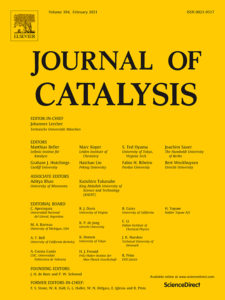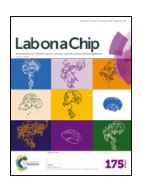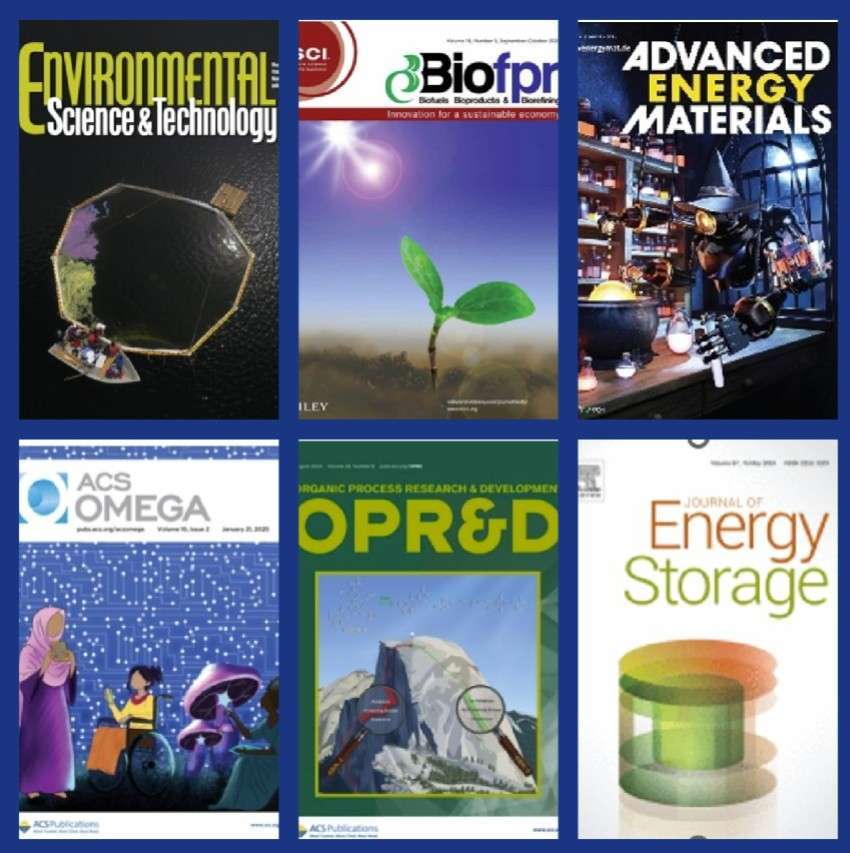Here in North Carolina, March means basketball. The NCAA Tournament —aka March Madness—is a highlight of the year, and after the 2020 contest was abruptly cancelled due to COVID-19, North Carolinians are more excited than ever to watch high-level college hoops.
At Equilibar, we have two March Madness traditions. One is hosting a lively interoffice bracket contest. The second is cheering on teams from universities where we have customers.
This year we are excited to say that we have connections to a record 29 of the 68 universities in the tournament.
While we’re happy for the schools going to the tournament, the real value of this tradition is to shine the spotlight on all of the research universities we work with every day.
Scientific journals offer a snapshot of Equilibar’s research contributions
A quick survey of academic research databases shows that Equilibar has been cited in hundreds of papers published in more than 100 scholarly publications, including Chemical Engineering Journal, Green Chemistry, Journal of Supercritical Fluids, International Journal of Hydrogen Energy, and World Journal of Microbiology and Biotechnology. The first papers citing Equilibar were published in 2007, the year of our official founding. While most of the papers are behind a paywall, some are open access. Here are a few examples:

Mechanism and structure sensitivity of methanol synthesis from CO2 over SiO2-supported Cu nanoparticles
The Journal of Catalysis published a paper from the University of Concepcion, Chile, reporting on a new process to store energy from renewable sources by synthesizing methanol via hydrogenation of CO2 using Cu nanoparticles. An Equilibar BPR was used to control pressure for the experiment’s demanding conditions. This work, like many other research applications involving Equilibar products, is part of an intense global effort to develop technology that will decrease the rising concentration of CO2 in the atmosphere due to fossil fuel combustion. Link here.
 Biomass-to-biocrude on a chip via hydrothermal liquefaction of algae
Biomass-to-biocrude on a chip via hydrothermal liquefaction of algae
Using algae to make biofuel is the subject of a paper published by Lab on a Chip. Researchers at the University of Toronto studied the roles of temperature, pressure, heating, and reaction time in this process, using a microfluidic screening platform that proved to provide unprecedented control and insight. Hydrothermal liquefaction uses high temperatures and pressures to break organic compounds into smaller fractions and is considered the most promising method to convert wet microalgae feedstock to biofuel. Information from this research could be used to guide the design of larger scale reactors and processes. Link here.
 Supercritical water gasification: practical design strategies and operational challenges for lab-scale, continuous flow reactors
Supercritical water gasification: practical design strategies and operational challenges for lab-scale, continuous flow reactors
The prospect of retrieving fuel from organic waste easily and environmentally has led to research into supercritical water gasification. So far, economic hurdles have prevented commercialization due to multiple technical challenges. This paper from researchers at the University of Washington explores ways to overcome those challenges to bring supercritical water gasification into commercial use. While conventional BPR technology works for some supercritical water experiments, extremely challenging scenarios require a dome-loaded regulator like those from Equilibar. Link here.
Research is in our DNA
University research applications have played a key role for Equilibar since our basement start-up days. They are not only important for our business model, they also provide our technical team with some of their most inspiring projects.
“It’s motivating to be involved in research that could lead to impactful change in the world,” said Tony Tang, Equilibar’s Engineering Manager. “Many of our university customers focus on green initiatives such as environmentally friendly plastics, clean water and, of course, alternative energy. Fuel cell testing and catalysis are especially significant for Equilibar because of our regulators’ ability to handle multi-phase flow.”
Research institutions aren’t constrained by the restrictions that some industries have, so they can explore ideas that are unconventional and radically innovative. That means that Equilibar has been involved in projects such as converting swine waste into asphalt, designing a Hyperloop pod, and developing a more efficient breathing system for space flight.
Another advantage to working with academic scientists is that we are able to make connections with people early in their careers so that they will already be familiar with Equilibar technology when they move on to large-scale industrial projects.
Enjoy!
If you’re interested in learning more about Equilibar’s most far-flung and out-of-the-box applications, conduct a search for “Equilibar” on Google Scholar, Science Direct, Royal Society of Chemistry, ASME, American Chemical Society, Researchgate, Springer and other scientific databases. Even without open access, the titles and abstracts show an incredible scope of disciplines and possibilities to explore.




